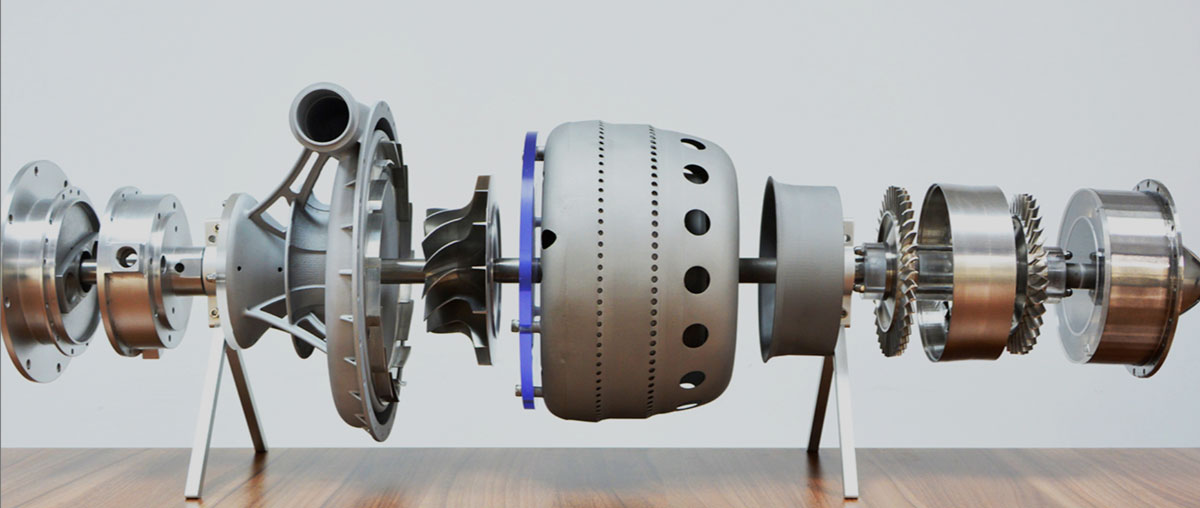
Tell us about AmPro Innovations
AmPro Innovations is an international Industrial design and engineering company that designs and manufactures world-leading powder bed printers and production system accessories.
Based in Melbourne Australia, we were founded to incorporate world leading material science expertise into metal 3D printing systems at a competitive price.
AmPro Innovations works successfully with leading aerospace companies across the globe to provide research insights, printer and production solutions for successful outcomes.
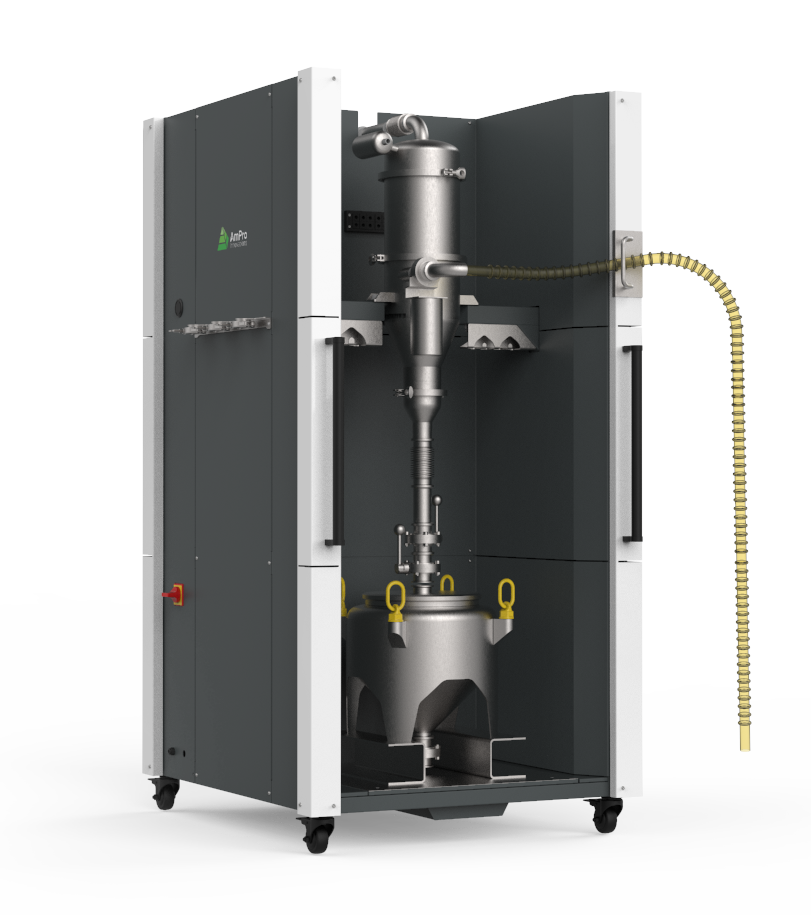
Explain some of the roles in your organisation and describe the relationships you have with these stakeholders.
My role primarily involves liaising with a range of external partners, including Original Equipment Manufacturer (OEM) suppliers, fabricators, and various service providers like contract measurement services and shipping or logistics companies. These stakeholders are integral to both local and international projects.
There's a lot of back-and-forth communication with these partners, particularly during the quoting phase for parts or systems that will be integrated into our products. This communication usually happens through emails or conversations with sales personnel who possess some technical knowledge. Their expertise is crucial in finding the right solutions for our projects.
Additionally, part of my role includes on-site work with customers. This involves machine service and conducting training sessions. I find this aspect particularly insightful, as it provides a firsthand understanding of how customers use our systems in their environment.
Describe the context of your work environment
In my role, the work varies quite a bit. A significant part of my job is in-office work, where I focus on planning and coordination. Then, there's a substantial amount of time I spend on Computer-Aided Design (CAD) work, where I'm designing and refining our products digitally. Additionally, there are times when I need to go off-site to either install or service equipment. This hands-on aspect allows me to see our designs come to life and interact directly with the users.
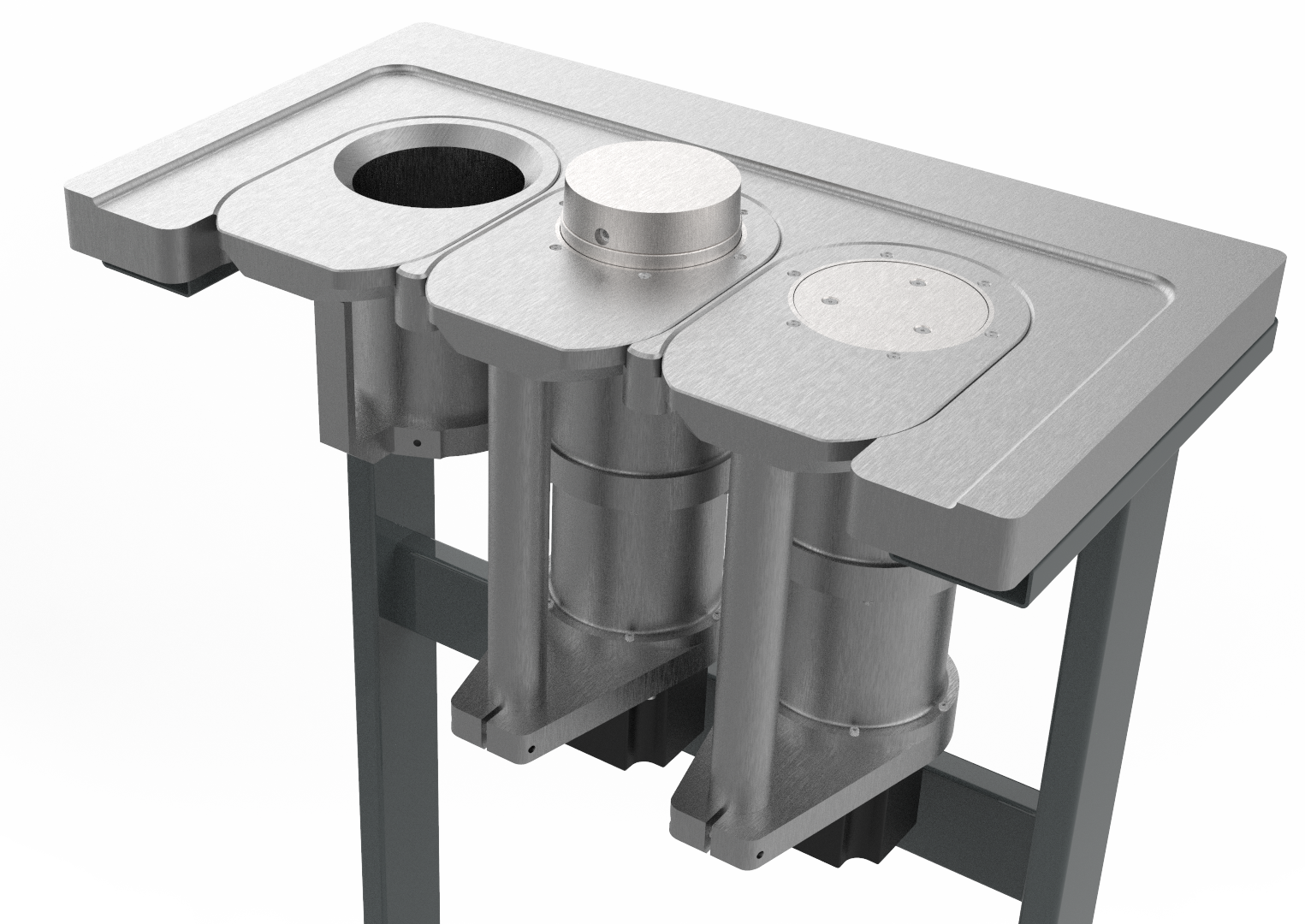
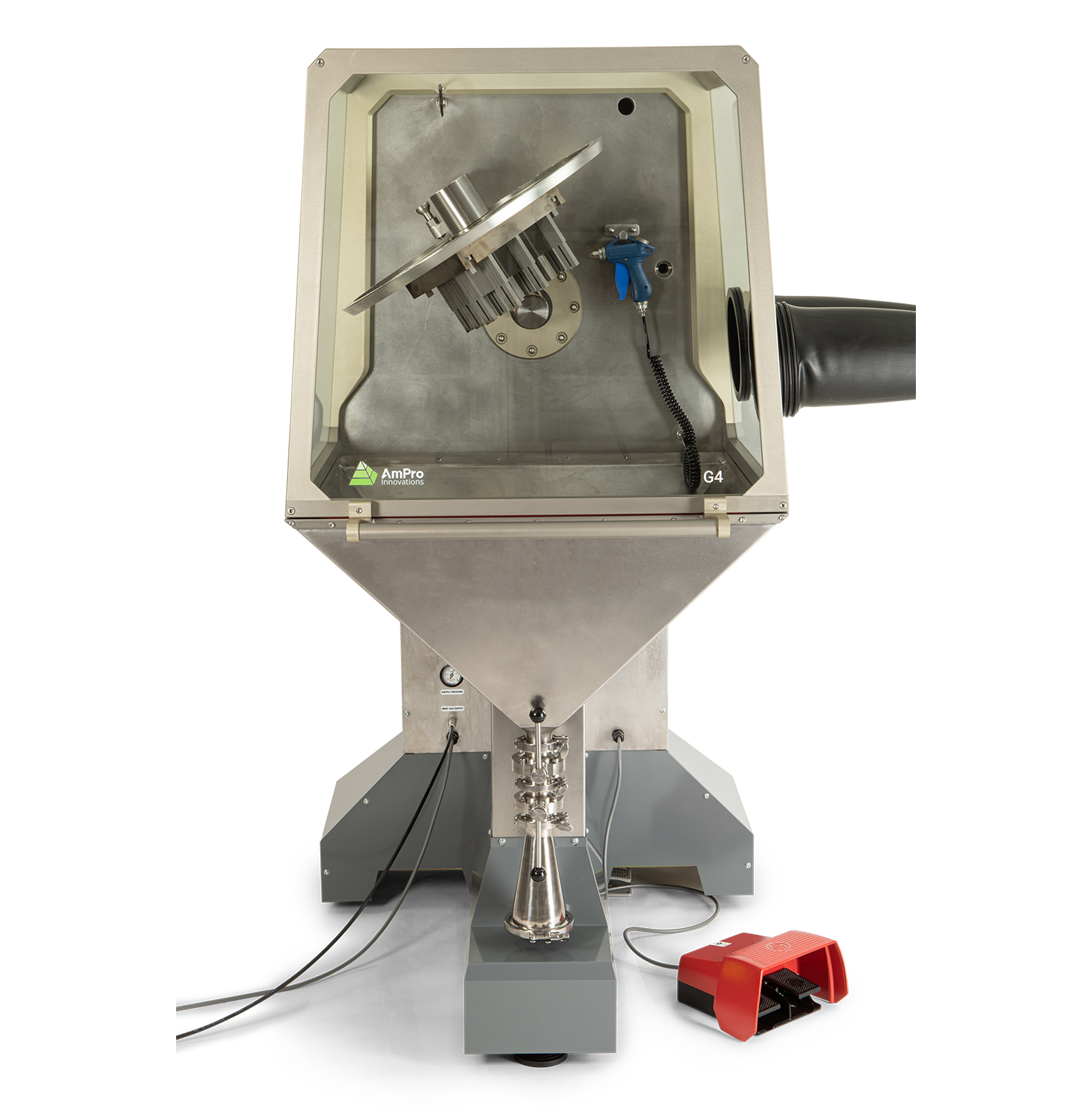
Describe the various methods, materials, media and processes that are employed during the production of projects
In my industrial design work, everything revolves around Solidworks, which is an incredibly powerful software. We primarily use it for all our design needs. Most of the machines we design are made up of CNC milled or turned components, often from materials like stainless steel or anodized aluminium. We also use laser cutting and folding techniques for metal plates that mount OEM parts, and MIG welding for creating hollow square tube steel frames. These frames are usually finished with powder coating or galvanizing for durability.
In some cases, where conventional manufacturing methods can't produce the necessary parts, we turn to 3D printing. We mostly use Selective Laser Sintering (SLS) with Nylon or Selective Laser Melting (SLM) with Stainless Steel for these prints. I've found these materials provide the quality we need for real machine components, especially for complex parts like air duct systems. For prototyping, we might use more standard materials like PLA or ABS in Fused Filament Fabrication (FFF) printing.
Another crucial aspect is electrical wiring, which often proves to be a challenging part of machine design. It tends to be an afterthought, but it's incredibly important. So, having designers with a good grasp of electrical concepts is becoming increasingly vital in our field.
How does AmPro define good design, especially in terms of innovation, market competition, and cost considerations?
In our company, we believe that good design is deeply rooted in innovation. This is particularly important in our rapidly evolving field, where maintaining a competitive edge is challenging. We always strive to balance quality and cost-effectiveness. For us, a well-designed product is one that not only stands out in the market but also thoroughly considers the quality of its end use. It's about creating something that delivers value to the customer while being economically viable.
How do you use visual language to communicate to team members?
When it comes to sharing new design concepts with the team, we typically use CAD models to visualize our ideas. We often circulate these initial designs internally by sending annotated screenshots of the basic CAD models. This method allows us to quickly and effectively communicate our ideas for review and feedback within the team.
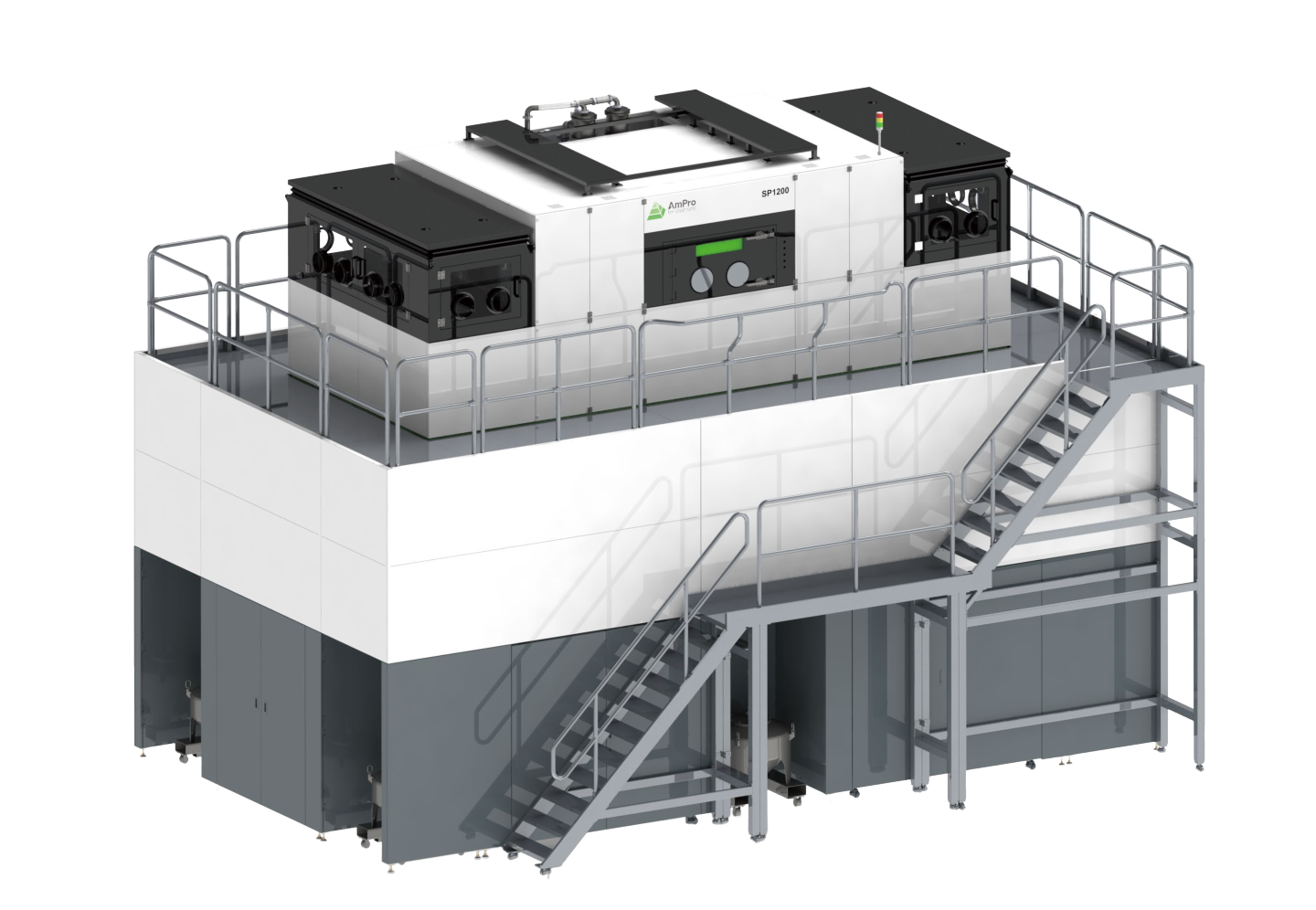
How do you collaborate with team members and evaluate design ideas, concepts and solutions?
In our team, collaboration and idea evaluation are key aspects of our process. We start by discussing new ideas in an open round table setting, where everyone can provide feedback. Once we have a concept, we quickly cost it out and build prototypes to test these new product ideas.
There's a lot of emphasis on actual testing of functional prototypes to gather as much practical data as possible on their performance. This data is crucial for driving design revisions.
It's important to note that our solutions are rarely 'perfect' from the get-go. They are the result of numerous ideas, tests, and even failures. Given that our projects are typically high-cost and one-off, we invest a lot of energy in learning from each project and carrying those insights into the next.
One specific challenge we often face is the hostile environment created by metal powder in mechanical systems. Failures are common, but they provide valuable lessons. We're always looking to incorporate solutions to these challenges into our future designs.
s.
Do environmental factors influence your design process?
Whilst sustainability is not a direct influencing factor in our design process, we do achieve it through the reduction of material usage. We are always looking for ways to use materials more efficiently in every aspect of our product development. This approach not only helps in reducing costs but also makes production more sustainable. However, it's important to note that while we consider these aspects, the reduction of the carbon footprint isn't always the primary driving factor in our decision-making.
Describe how social factors influence your design practices
Our operations are based in offices affiliated with Monash University, and this setting significantly shapes our social and design practices. All our employees undergo regular and mandatory training on a variety of workplace and social policies. We ensure strict adherence to all the University's policies, which influences our approach to design and team dynamics.
Additionally, our business model is quite adaptable in terms of work hours. This flexibility allows our team members to balance their professional and personal lives effectively, fostering a positive and productive work environment. These social factors play a key role in shaping our overall design practices and workplace culture.
Describe how legal and ethical factors influence your design practice
Legal and ethical considerations are pivotal in our design practice. One of the main challenges we face is navigating through the complex terrain of patent-protected systems, especially given the lucrative and rapidly evolving nature of our technology sector. Ensuring we respect intellectual property rights while innovating is a delicate balance.
Safety is another major concern for us, particularly considering the potential hazards in our manufacturing and fabrication spaces. We take this very seriously and incorporate safety measures into every aspect of our design process.
Moreover, we handle the assembly of our products entirely in-house to maintain control over the quality and safety of our products. When it comes to sourcing components, we're very careful to compartmentalize this process. This approach is not only a strategic decision for quality control but also a precaution against intellectual property theft.
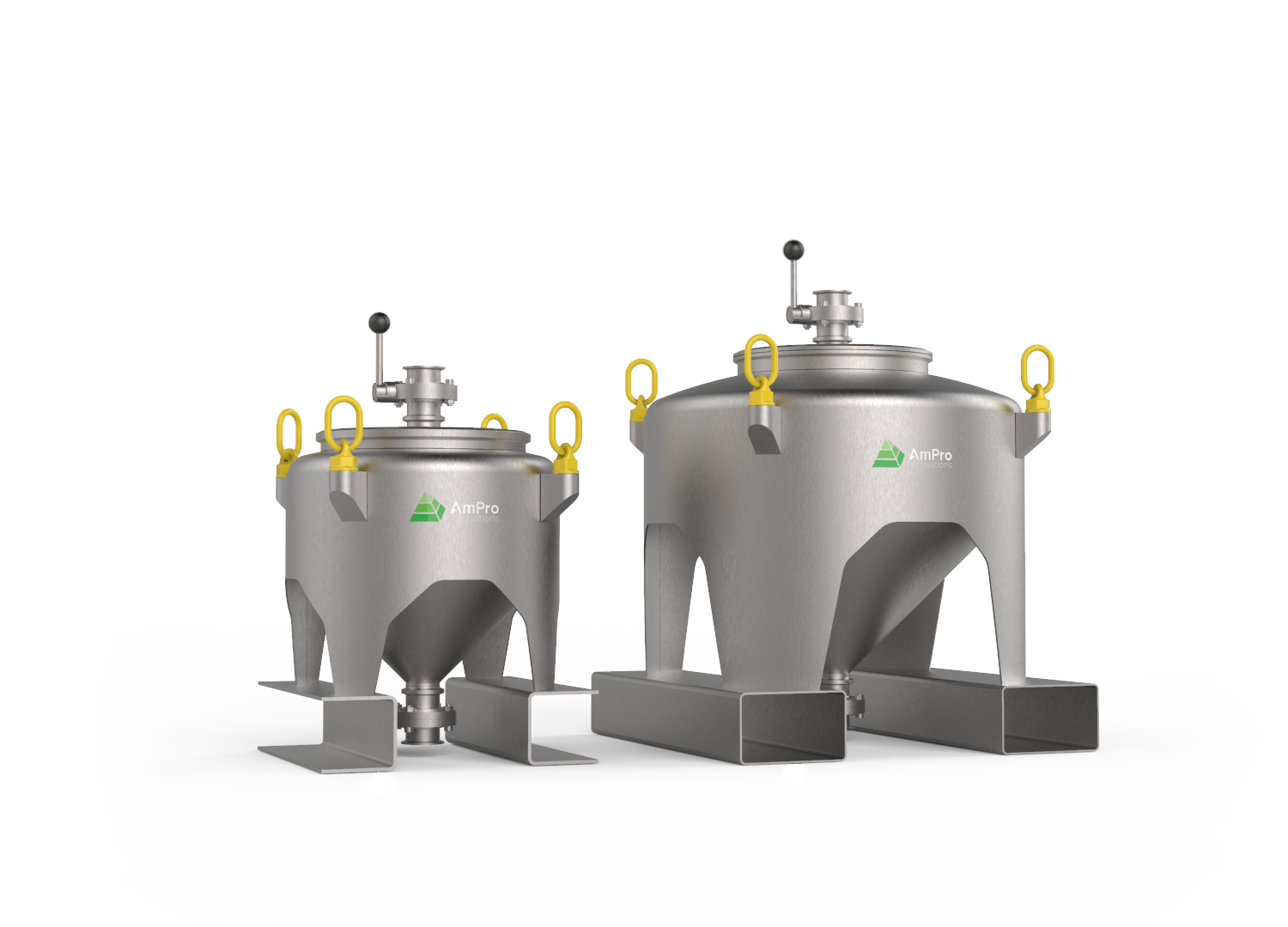
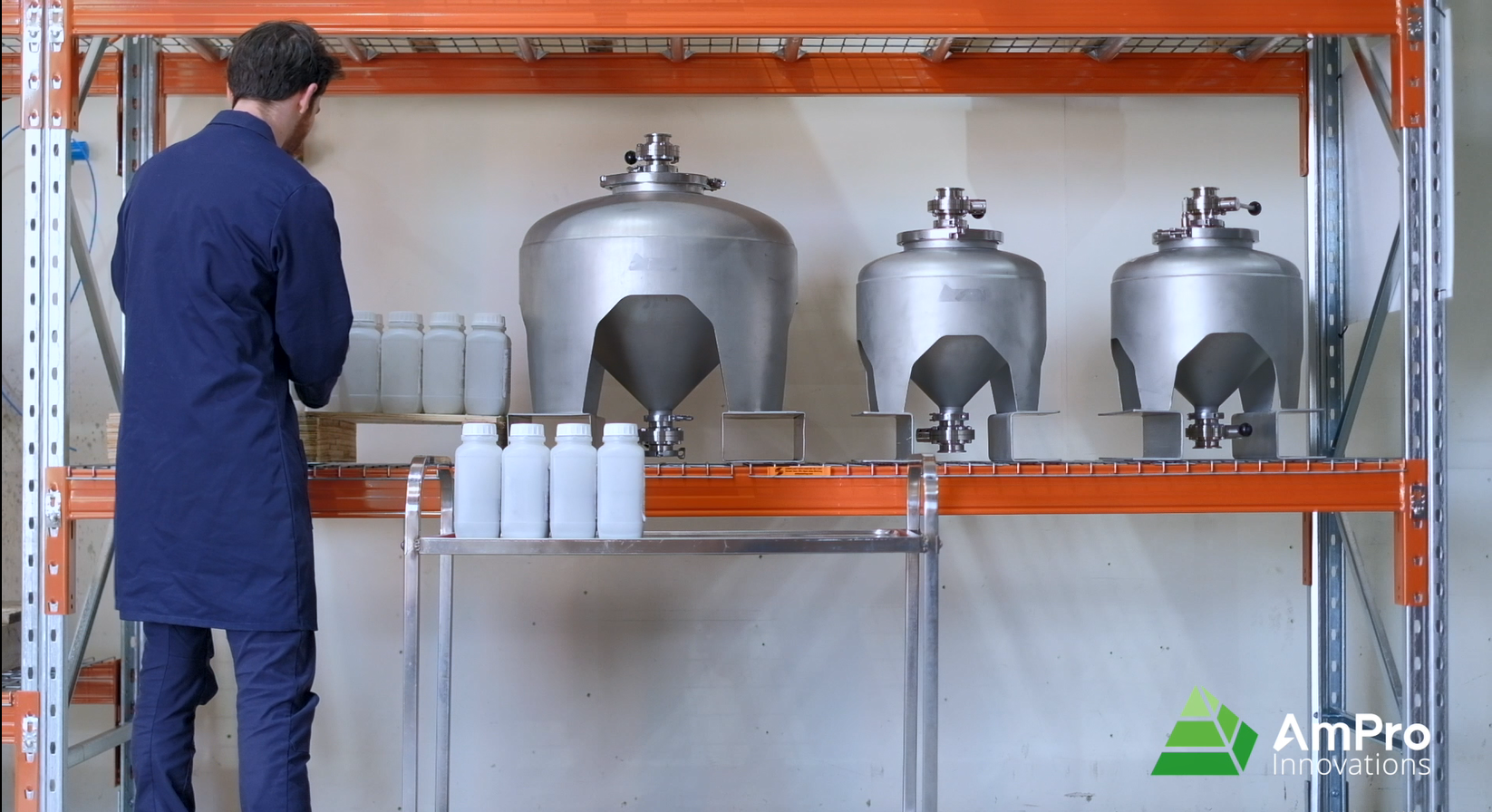
How have design practices in your industry evolved from the past to the present?
The landscape of design practices in our industry has undergone significant changes over the past decade. The ease and speed with which we can design parts and outsource their manufacture have improved dramatically and continue to do so. Now, all communications are electronic, which means there's rarely a need to leave the office to get something made.
CAD programs have become a staple in our industry. They are not only powerful but also increasingly accessible, with some even being free. The ability for people to learn these programs effectively through online tutorials has opened up many possibilities.
Lastly, the abundance of how-to videos and skill-sharing platforms has greatly benefited our field. These resources provide a 'good-enough' understanding of various topics, enabling designers to explore and further pursue new skills and techniques.